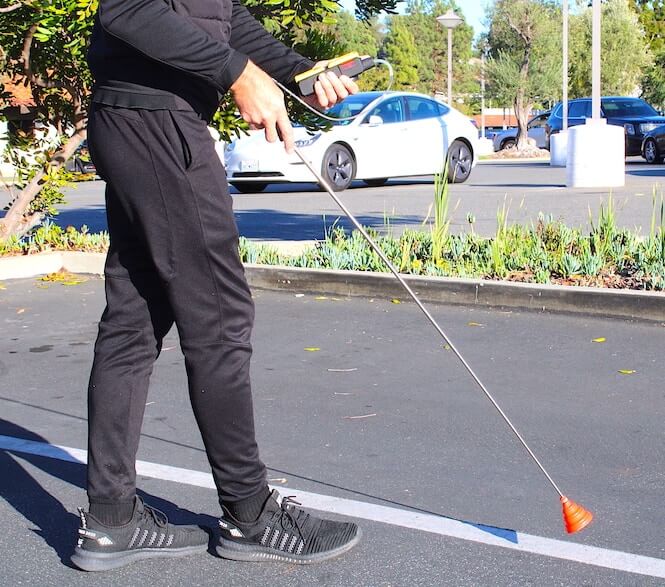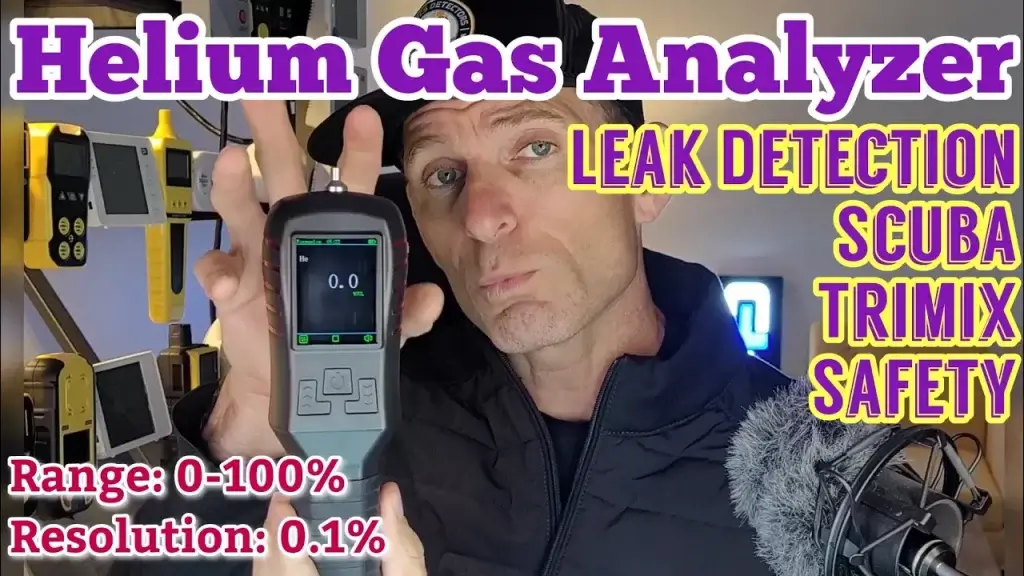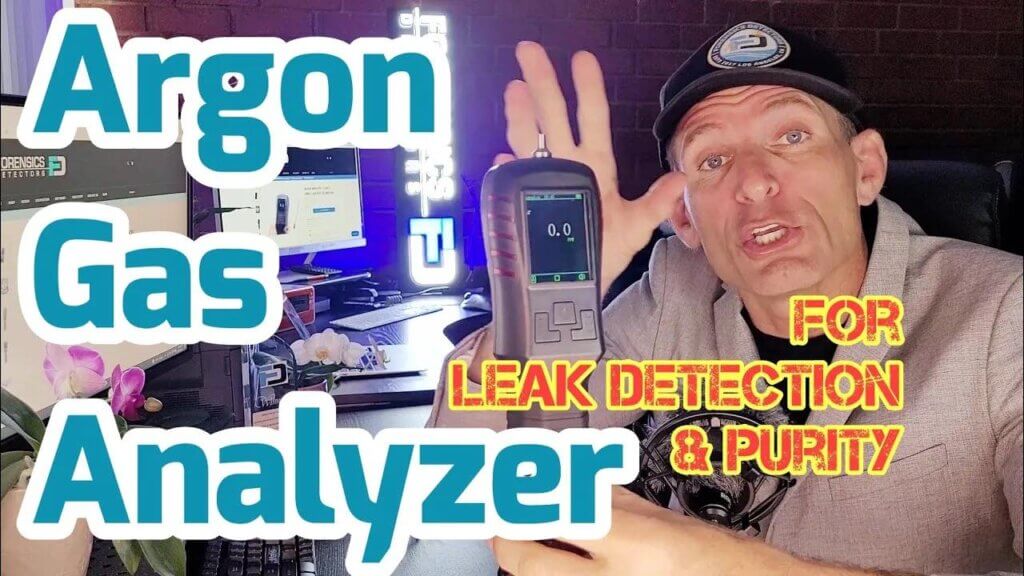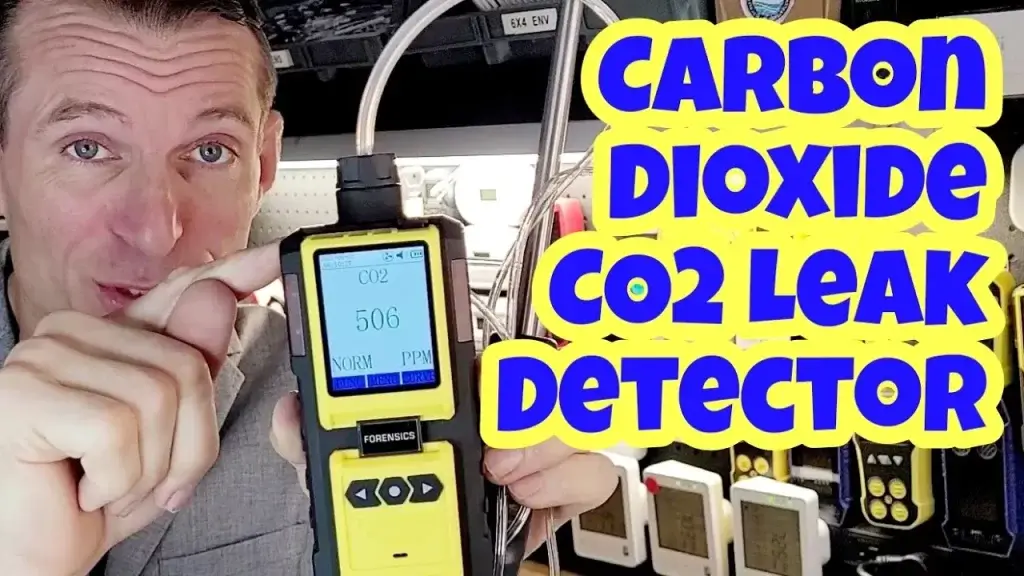Contents
- Methods Of Hydrogen Pipe Leak Detection
- Visual Inspection
- Acoustic Leak Detection
- Gas Detectors
- Pressure Testing
- Thermal Imaging
- Tracer Gases
- Future Developments In Hydrogen Pipe Leak Detection
- Advancements In Sensor Technologies
- Integration Of Artificial Intelligence
- Use Of Robotics And Drones
- Quantum-based Detection Methods
- Frequently Asked Questions For Effective Hydrogen Pipe Leak Detection
- What Is Hydrogen Pipe Leak Detection?
- How Does Hydrogen Pipe Leak Detection Work?
- Why Is Hydrogen Pipe Leak Detection Important?
- What Are The Benefits Of Effective Hydrogen Pipe Leak Detection?
- Conclusion
Hydrogen pipe leak detection can be effectively achieved through the use of reliable and advanced technology solutions. Detecting and addressing hydrogen pipe leaks is crucial for ensuring safety and preventing potential hazards.
In industrial settings where hydrogen is used, accurately identifying and promptly fixing leaks is of utmost importance. By employing effective hydrogen pipe leak detection methods, companies can detect and address leaks promptly, minimizing the risks associated with hydrogen leakage.
This not only protects the safety of workers and the surrounding environment but also helps organizations comply with safety regulations and standards.
We will explore the various methods and technologies available for detecting hydrogen pipe leaks, highlighting their effectiveness and benefits.
Methods Of Hydrogen Pipe Leak Detection
Effective hydrogen pipe leak detection methods involve the use of advanced technology and equipment. These methods ensure accurate and timely identification of leaks, minimizing the risk of accidents and ensuring the safety of personnel and infrastructure.
Visual Inspection
Visual inspection is a key method in detecting hydrogen pipe leaks. It involves a thorough examination of the pipes to visually identify any signs of leakage. This method is often the first step in the detection process as it allows operators to identify visible cracks, corrosion, or other physical damage on the pipes. By spotting these issues early on, preventative measures can be taken to avoid potential hazards.
Acoustic Leak Detection
Acoustic leak detection is another effective method used to identify hydrogen pipe leaks. This technique involves using specialized equipment to detect the sound of escaping hydrogen gas. The instruments used are designed to detect ultrasonic frequencies generated by the leaking gas. By analyzing the sound patterns, operators can pinpoint the location and severity of the leak, enabling prompt repair before it escalates into a more serious issue.
Gas Detectors
Gas detectors play a crucial role in hydrogen pipe leak detection. These devices are equipped with sensors that can quickly identify the presence of hydrogen gas in the surrounding environment. When a leak occurs, the detector triggers an alarm, alerting operators to the potential hazard. Gas detectors are particularly useful in areas where hydrogen is stored or used in high quantities, as they provide real-time monitoring to ensure the safety of personnel and the facility.
Pressure Testing
Pressure testing is a widely adopted method for detecting hydrogen pipe leaks. This method involves subjecting the pipes to higher-than-normal pressure to test their integrity. If there is a leak present, the pressure will drop, indicating a potential issue. Pressure testing can be done using liquids or gases, depending on the system requirements. This method is commonly used during the installation or maintenance of hydrogen piping systems to ensure their reliability and safety.
Thermal Imaging
Thermal imaging is a non-destructive testing method used to detect hydrogen pipe leaks. It utilizes infrared cameras to capture the temperature variations on the surface of the pipes. Leaking hydrogen gas often causes a temperature change in the surrounding area. By capturing the thermal signatures, operators can identify potential leak points and take appropriate measures to rectify the issue. Thermal imaging is an effective method for detecting small or hidden leaks that may not be visible to the naked eye.
Tracer Gases
Tracer gases are commonly used for hydrogen pipe leak detection. A small amount of a harmless gas, such as helium or hydrogen, is introduced into the piping system. If there is a leak, the tracer gas will escape and can be easily detected using specialized equipment. This method enables operators to trace the exact location of the leak, even in complex piping networks. Tracer gases are particularly useful for detecting leaks in underground or hard-to-reach pipelines.

Future Developments In Hydrogen Pipe Leak Detection
As technology continues to advance, so does the field of hydrogen pipe leak detection. With the increasing demand for cleaner energy sources, it is crucial to develop more effective methods for detecting and preventing leaks in hydrogen pipelines. In this blog post, we will explore some of the exciting future developments in hydrogen pipe leak detection that are set to revolutionize this industry.
Advancements In Sensor Technologies
One of the key areas of focus for future developments in hydrogen pipe leak detection is the advancement of sensor technologies. Sensors play a vital role in identifying and monitoring leaks in pipelines, ensuring the safety and efficiency of hydrogen transportation. Recent advancements in sensor technologies have led to the creation of highly sensitive and accurate sensors capable of detecting even the smallest gas leaks.
These sensors employ advanced materials and technologies, such as nanotechnology and MEMS (Micro-Electro-Mechanical Systems), to enhance their sensitivity and reliability. With the development of next-generation sensors, hydrogen pipe leak detection systems will be able to detect leaks at an early stage, minimizing the risk of accidents and reducing the environmental impact of hydrogen transportation.
Integration Of Artificial Intelligence
Another significant future development in hydrogen pipe leak detection is the integration of artificial intelligence (AI) technology. AI algorithms have the potential to analyze vast amounts of data collected by sensors in real-time and identify patterns indicative of potential leaks. By continuously learning from these patterns, AI-powered leak detection systems can improve their accuracy and efficiency over time.
Not only will AI algorithms be able to detect leaks, but they will also be capable of predicting and preventing them. By analyzing historical data, weather conditions, and other relevant factors, AI-powered systems can provide early warnings and suggest preventive measures to mitigate the risk of leaks. This integration of AI technology will revolutionize the way we detect and prevent hydrogen pipe leaks, making hydrogen transportation safer and more reliable.
Use Of Robotics And Drones
Robotics and drones are also poised to play a significant role in future developments in hydrogen pipe leak detection. These technologies can be employed to inspect and monitor pipelines in a more efficient and cost-effective manner. Equipped with advanced sensors and cameras, robots and drones can navigate through pipelines, identifying and documenting leaks.
Robotic platforms can be remotely controlled or operated autonomously, minimizing the risks associated with manual inspections. Drones, on the other hand, provide a bird’s-eye view of the pipelines, enabling accurate and rapid leak detection over large areas. The use of robotics and drones will not only improve the accuracy and speed of leak detection but also reduce human intervention and overall costs associated with pipeline maintenance.
Quantum-based Detection Methods
Quantum-based detection methods are also an exciting avenue for future developments in hydrogen pipe leak detection. Quantum technology relies on the principles of quantum physics to detect leaks with exceptional precision. Quantum sensors can measure the smallest changes in magnetic fields, temperature, or pressure, allowing for highly sensitive leak detection.
These quantum-based detection methods offer advantages such as lower false-positive rates and the ability to detect leaks even in challenging environments. With ongoing research and development in this field, quantum-based detection methods are set to become more affordable and readily available, revolutionizing the hydrogen pipe leak detection industry.
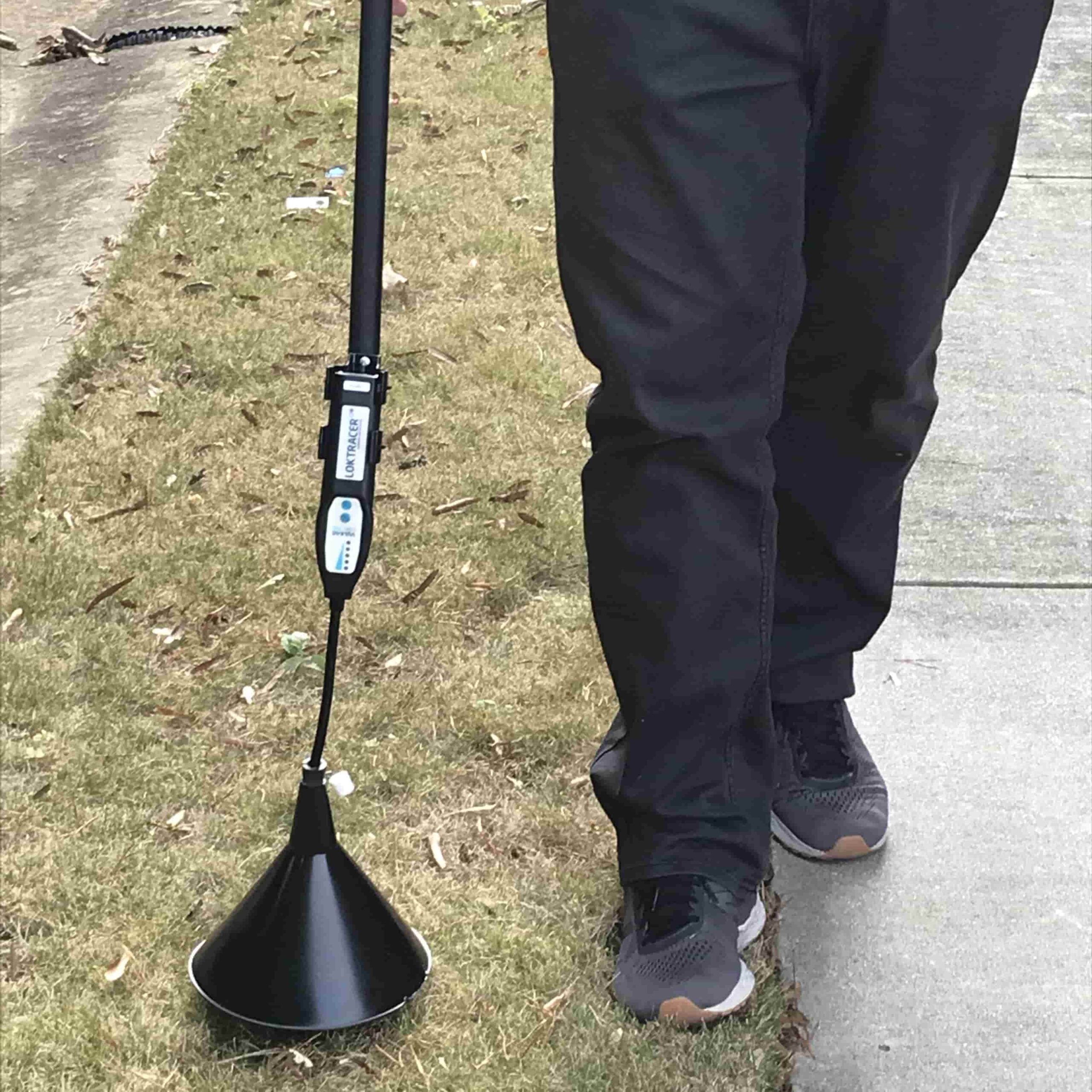
Credit: apexvacuum.com
Frequently Asked Questions For Effective Hydrogen Pipe Leak Detection
What Is Hydrogen Pipe Leak Detection?
Hydrogen pipe leak detection is a process that involves using advanced technologies such as gas sensors and detectors to identify and locate leaks in hydrogen pipes and systems. This is crucial for ensuring safety and preventing potential hazards or accidents.
How Does Hydrogen Pipe Leak Detection Work?
Hydrogen pipe leak detection works by utilizing sensitive gas sensors that can detect even small traces of hydrogen gas. These sensors are strategically placed along the pipeline, and when a leak is detected, the system will trigger an alarm and alert the appropriate personnel, allowing them to address the issue promptly.
Why Is Hydrogen Pipe Leak Detection Important?
Hydrogen is a highly flammable gas, and even small leaks can lead to dangerous situations. Hydrogen pipe leak detection is essential to prevent accidents, protect infrastructure, and ensure the safety of personnel and the surrounding environment. Early detection allows for timely repairs, minimizing the risks associated with leaks.
What Are The Benefits Of Effective Hydrogen Pipe Leak Detection?
Effective hydrogen pipe leak detection offers several benefits. It helps prevent accidents, reduces the risk of fire or explosion, avoids costly damage to infrastructure, and ensures the safe operation of hydrogen systems. By detecting leaks early on, companies can also save on repair and maintenance expenses.
Conclusion
To wrap up, detecting hydrogen pipe leaks is crucial for maintaining safety and preventing accidents. With the advancements in technology, highly effective methods such as ultrasound, hydrogen sensors, and acoustic emission testing have emerged. These methods offer accurate results in a timely manner, enabling prompt repairs and minimizing downtime.
By investing in hydrogen leak detection systems, industries can ensure the safety of their workers and the environment while maximizing productivity.

